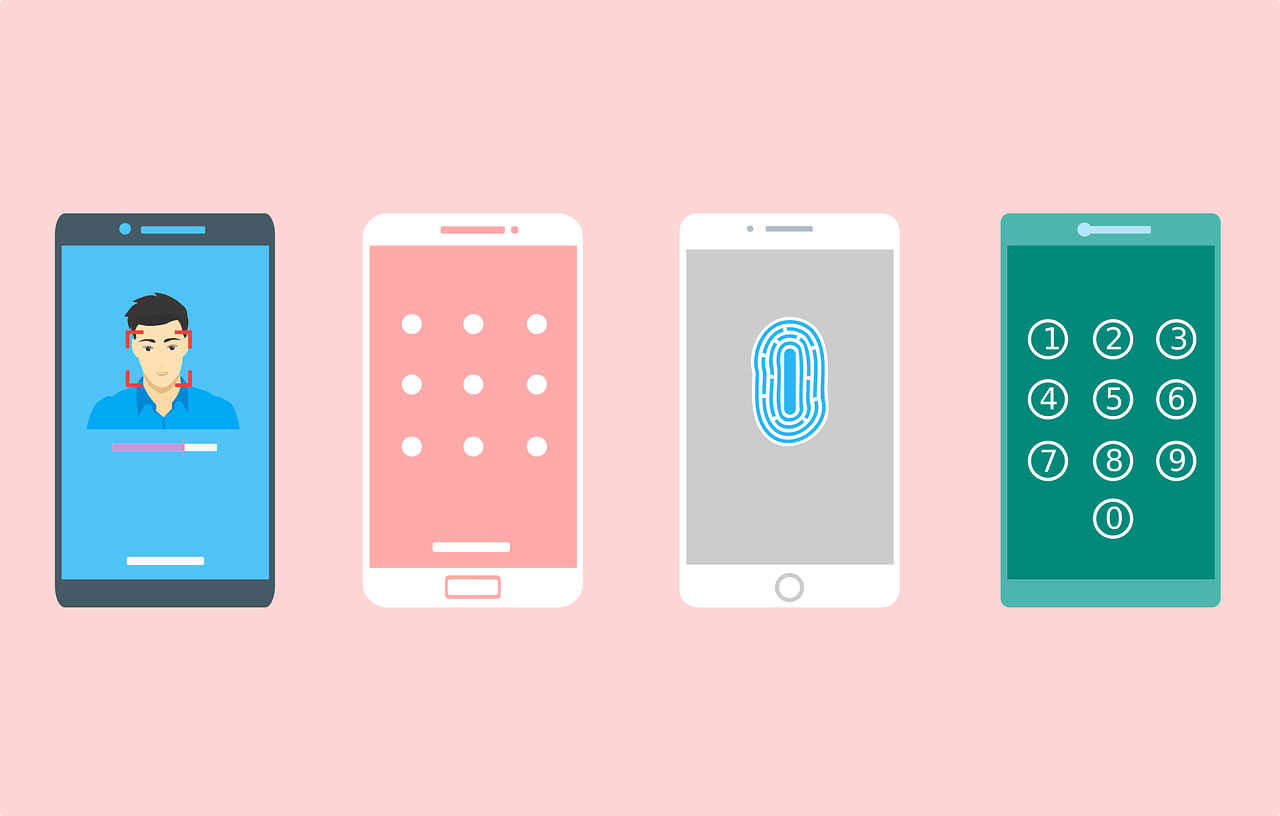A few years ago, the discussion about PenTile was hotter than ever. Today it is not as relevant but the term still plays a significant role in the smartphone market. If you want a smartphone with a really good screen, it can be good to know what PenTile is and, in some cases, why you should avoid it.
PenTile is a technology used by smartphones that have AMOLED screens. Phones such as Samsung Galaxy S7, OnePlus 3T and Samsung Galaxy A3, use the technology. It is a type of display technology that is said to be cheaper to manufacturers, which can make phones thinner. It is used by almost all modern AMOLED monitors but not by any LCD monitor. LCD screens are used by, for example, Apple iPhone 7, HTC 10, and Sony Xperia XZ. Basically, the technology is that the pixels that make up your monitor are not structured in the same way as usual in screens.
May look uneven
The disadvantage of the PenTile technology is that it has difficulty showing clear contrast lines and edges. This can make images and especially texts have a tendency to look uneven and blurred. In short, a screen that uses the technology can not reproduce the same richness of detail as a traditional RGB screen, even though the manufacturer says that they have the same screen resolution.
It’s not easy to show the difference between traditional RGB technology and PenTile technology visually.
If you zoom in on the text shown on this screen, for example by using a camera, the screens show three colors: red, green, and blue, which together are perceived as white by the eyes. We can clearly see how the RGB screen has its three colors carefully placed one after the other: red, green, blue; red, green, blue, etc. A group of three sub-pixels, a red, a green, and a blue “lamp”, is what we usually call a pixel. In the PenTile screen, there are only half as many red and green sub-pixels and they are placed in a different way.
The different structure of the PenTile screen makes it difficult for the technology to show completely straight edges and soft curves. This means that screens that use the technology can be perceived as blurred or uneven.
PenTile is not as big a problem today as it was a few years ago. Modern smartphones have such high-resolution screens that the pixels are difficult to see. The problems with the technology have therefore become difficult to detect. People who are used to staring at smartphone screens can still see the difference between relatively high-resolution screens, but at a certain limit, it will be impossible to see any difference with just the eyes.
A guide to the PenTile effect
The guidelines are good guidelines for you to get an idea of how clear of an effect PenTile can have on a monitor. We use the abbreviation, ppi, pixels per inch. You will find a phone’s ppi value, the pixel density of the screen, among its specifications.
- Below 300 ppi – very visible effect
- Over 300 ppi – visible effect
- Over 400 ppi – barely visible effect
- Over 500 ppi – no visible effect
- Even expensive phones can have problems
For those of you with sharp eyes, there are still phones that have visible problems due to PenTile. Even smartphones such as Lenovo Moto Z Play, OnePlus 3 and 3T as well as Asus ZenFone 3 Deluxe have small but visible effects of the different technology. That does not mean you should stay away from them. However, if you buy a cheaper smartphone such as the Samsung Galaxy A3, which has a pixel density of 312 ppi, you should be aware that your screen will not look as sharp as many other smartphone screens.
